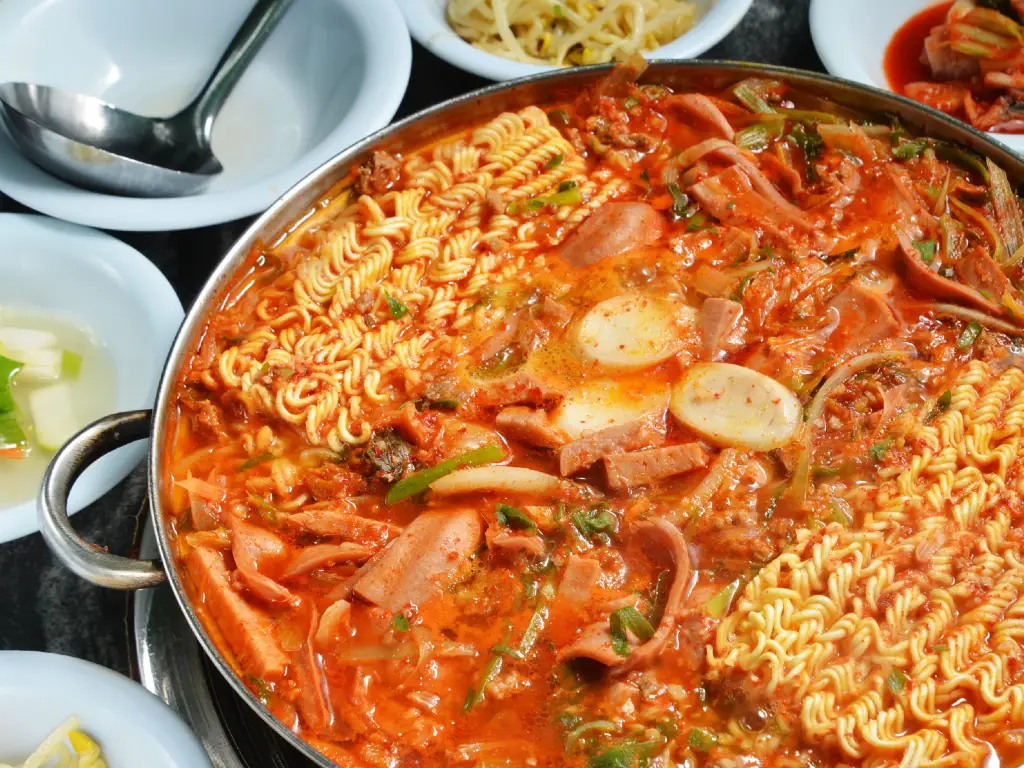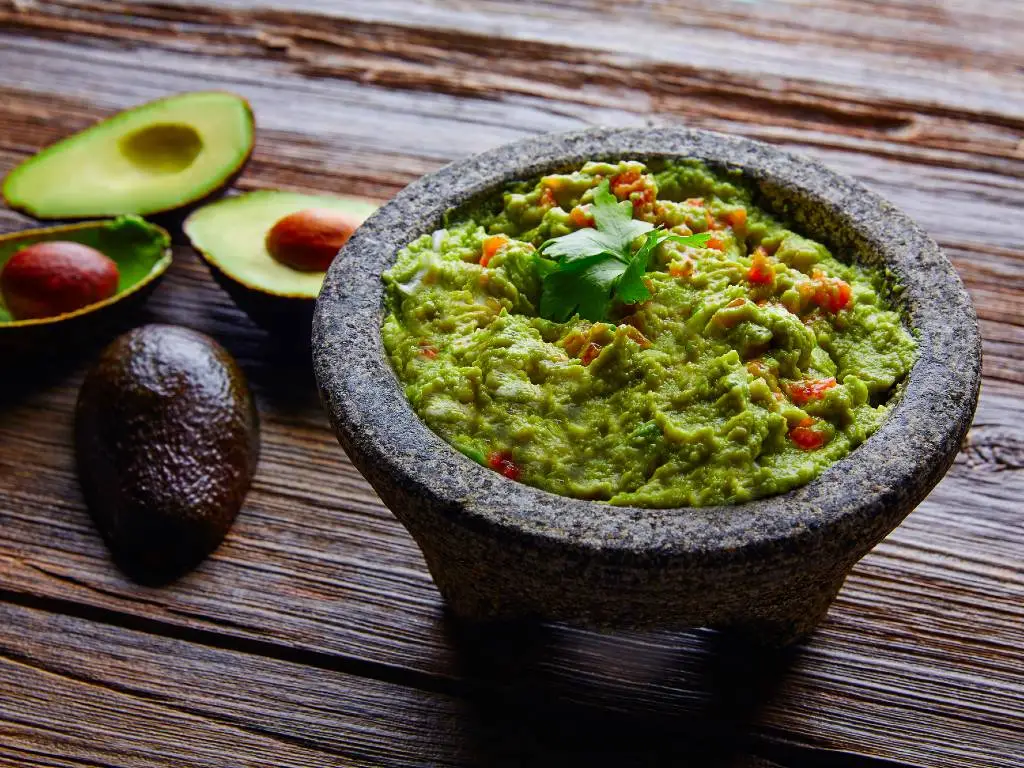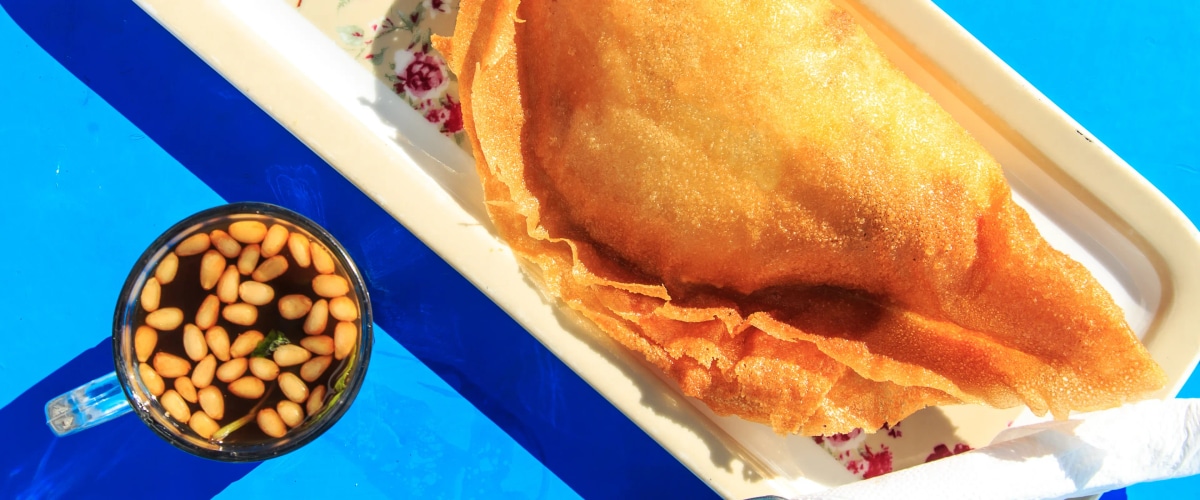
Budae Jjigae: The Korean Soup Born Out of Necessity
The Korean soup born out of necessity
A Kraft single melts atop a bed of wriggling ramen noodles. Slices of Spam, tofu, and baked beans are arranged delicately so as not to disturb the fiery steel pot stew on the brink of bubbling over.
In the early 1960s, this fusion dish, known as budae jjigae, was a soup that my great-grandmother and members of her generation whipped up after Korea’s war years as a means of survival in an impoverished community. But now—60-plus years later—budae jjigae is a welcome sight at Korean restaurants and a dish I’ll happily introduce to my friends around the dinner table.
As a second-generation immigrant, I’ve always thought that budae jjigae parallels my part-Korean and part-American identity. The rise of this staple comfort food is not just a tale of two cultures coming together, but at large, it tells the story of the resilience of the Korean people during one of the most challenging periods of the nation’s history.
Budae jjigae, a story of resourcefulness

At first glance, the ingredients in budae jjigae may not seem like they would work together. The base is similar to many traditional spicy Korean stews like soondubu or kimchi jjigae, which are usually made of anchovies, seaweed, and gochujang (Korean red pepper paste) steeped together. But its other ingredients set budae jjigae apart from its counterparts.
There are traditional Korean ingredients like kimchi and extra-firm tofu, but with the far-from-gourmet campfire mélange of Spam, baked beans, and hot dogs, the dish initially receives puzzling looks from those unfamiliar with it. Altogether, it’s a stew laden with flavors of spice from the fiery red pepper base, savory yet sweet from Spam—the star of the show in this dish—and finally, a satisfying crunch from the ramen noodles and green onion garnish.

But budae jjigae isn’t just delicious. It’s a history lesson in a one-pot wonder. Translating directly to army or army base (budae) soup (jjigae), this dish emerged out of necessity when food was scarce and hunger was rampant as Koreans were still recovering from the impacts of oppressive Japanese rule—in which Korean farmers were forced to surrender their land, thereby cutting off major food supply for the rest of the country—and shortly after, facing the aftermath of the Korean War.
“There were many mouths to feed, and the people of Korea were starving,” my grandmother, Soon Young Yoon, says. “Meat was a luxury at the time. But then, we heard that the American military bases had canned goods...and in excess. That’s why people would steal Spam and beans during the war, [and] when it was over, there were plenty of leftover cans to go around.”
And so, budae jjigae was born. Historically, stews have been the lifeline of Korean cuisine for many reasons—including that they can stretch a meal for days with whatever ingredients are available. With these new sources of protein in hand, people had enough to make lemons into lemonade, so to speak.
Spicy, sweet, and undeniably delicious

While the flavor profiles from the American and Korean elements in budae jjigae may be starkly different, combined they create a type of soul food that many Koreans still love today—and which now has a cult-like following.
“It’s everything mama warned you about,” said celebrated chef Anthony Bourdain in a “Parts Unknown” episode dedicated to Korean cuisine (Season 5, Episode 1). “And it’s got it all, baby. And when the music’s over, your life will have changed forever.”
While the foundation of a good budae jjigae—spice and meat—is always the same no matter where you source your ingredients, today, you may find elevated renditions of the stew, perhaps with ground beef or even cuts of steak.
“The typical toppings in our budae jjigae include kimchi, pork, ham, sausage, tofu, rice cakes, fish cakes, ramen noodles, and even the option to add a slice of cheese,” says Kelly Lim, manager of Tofu Tofu in NYC, one of the only traditional Korean restaurants left in Chinatown to survive the pandemic.
“[Budae jjigae] is actually our most recommended soup as it caters to young people’s taste buds,” Lim goes on. “The salty-sweet flavor also is a gateway to other Korean dishes and cuisine, which is why I think Korean culture has become quite popular today.”
Particularly in the last few decades, South Korea has gone through a remarkable period of change, rising from its poverty-stricken state to a highly developed powerhouse. Budae jjigae remains one of the last vestiges of the Korean War.
A dish first created as a Korean-American mishmash of what was merely available at the time has received accolades, making Koreans worldwide proud today.
Where to eat budae jjigae
In Seoul
In Seoul, venture just north of the city into the army base neighborhood of Uijeongbu, where the dish was born. Today, there’s an entire street named after this comfort food, famously known as Budaejjigae Street. In fact, more than two dozen restaurants and street vendors are still serving up this hearty dish in the lively enclave. While I’ve only heard stories from my parents about their frequent visits to Uijeongbu as teens, it’s at the top of my list for when I visit South Korea for the first time in five years this April. Namely, I can’t wait to visit Odeng Sikdang, which opened in 1960 and claims to be the first food stall to officially sell budae jjigae.
In NYC
Venture down Herald Square, home to Manhattan’s Koreatown, to order budae jjigae until 2 am. at Pocha 32. Or take the 7 train to Flushing, a popular Korean immigrant neighborhood, to visit establishments like San Soo Kap San, which has served this soup since the 1980s. Or head to Tofu Tofu, my favorite place to enjoy a heaping serving of budae jjigae on cold winter afternoons. Located on the Bowery, it’s a no-frills joint that serves up homestyle cooking in Lower Manhattan, and most famously, budae jjigae.
Tips for eating budae jjigae
Flip to the soups and stews page of a traditional Korean menu, and you’ll find budae jjigae. The soup will likely be accompanied by a sampling of typical side dishes, or banchan, which come with every Korean meal. As budae jjigae already comes with noodles, you may or may not get a bowl of rice on the side, but you’ll want to order one to enjoy with your leftovers.
The beauty of this dish is that it’s easy to make at home or on the go. While traveling, I’ve even packed some chili paste in my carry-on and found other ingredients, from Vienna sausages to ramen noodles to kale, at the local supermarket. Throw it all into the pot to cook; once the dish has reached its boiling point, it’s ready to enjoy.
Plan your trip to South Korea
In many ways, Seoul, South Korea’s capital, packs the best of Asia into one city, with quirky shops on bright neon-lit streets, lofty historical palaces, futuristic architecture, and a unique dining scene. Start your planning with our layover guide to Seoul.
Join Going and get cheap flights and travel tips delivered right to your inbox.
Read more about delicious dishes around the world:
Last updated August 30, 2024









